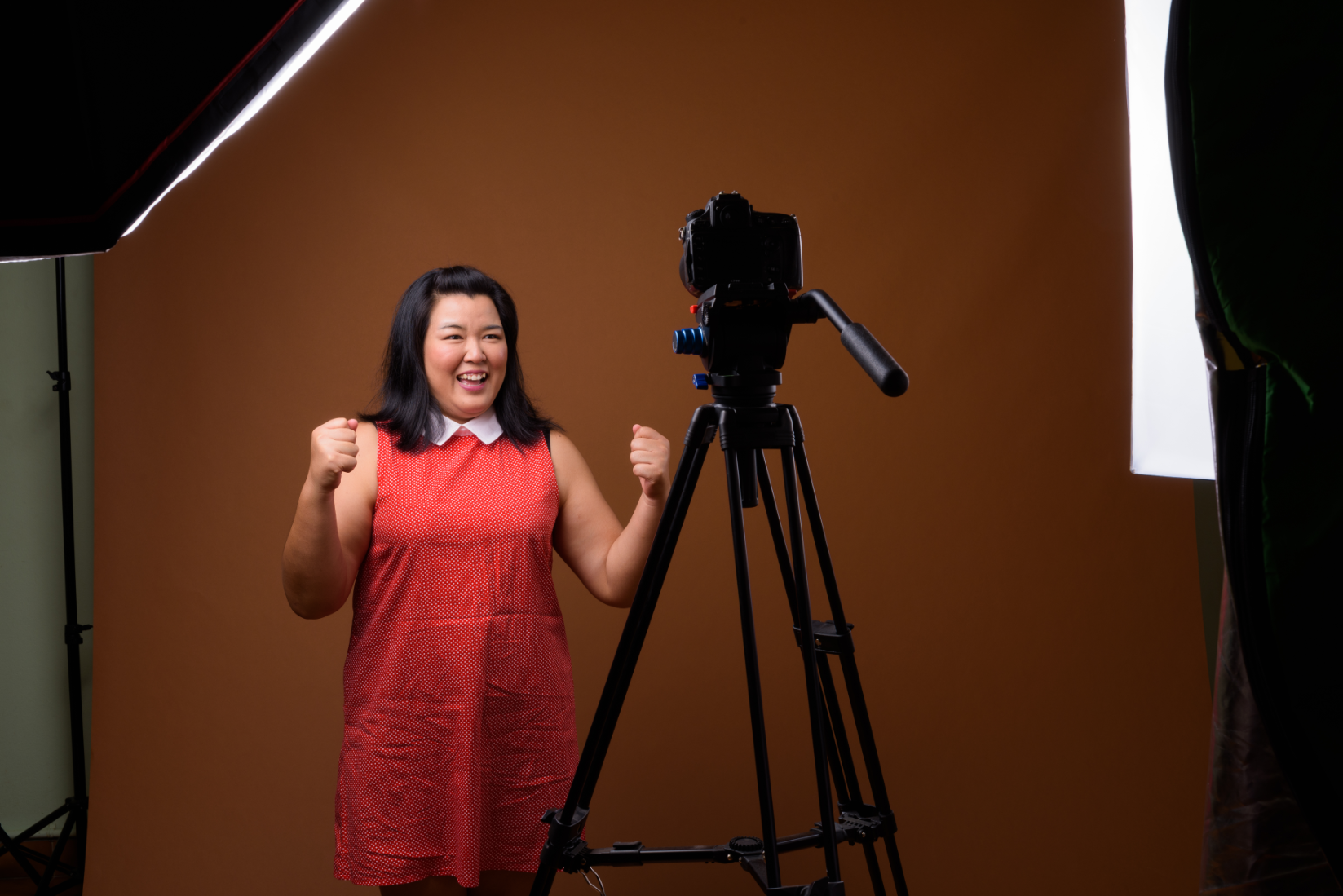10 Premiere Pro Tips - A Guide to Video Editing
.avif)
Do you want to step up your game and create video content that stands out from the crowd? Well, look no further, because we've got the ultimate solution for you.
Whether you're a freelancer or looking for professional video editing services, get ready to take your editing skills to the next level with Adobe Premiere Pro. Unleash your creativity and produce high-quality videos that will leave your audience in awe. But, to do that, you need to learn the tips and tricks that will make your videos pop.
In this video editing guide, we're going to delve into tips and tricks that will help you create videos that are as unique and creative as your brand is. From using transitions to incorporating effects, we've got everything you need to create videos that will make your followers hit that share button. Let's dive into the world of video editing with Premiere Pro and take your skills to new heights.
Premiere Pro Tips and Tricks
From keyboard shortcuts that will save you time to little-known features that will make your videos stand out, we're here to help you improve your video editing skills So, let's dive into the world of Premiere Pro and discover the video editing tips that will help you create stunning videos with ease.
1. Use Adjustment Layers
Adjustment layers are a powerful tool in Premiere Pro that allows you to apply effects and adjustments to multiple clips at once. To use an adjustment layer, go to the "New Item" menu and select "Adjustment Layer". You can then drag and drop the adjustment layer onto your timeline, and any effects or adjustments applied to the layer will be applied to all the clips underneath it.

Adjustment layers are particularly useful for color correction or grading, as you can apply a color effect to the layer and adjust it for all the clips in your project. This helps to maintain consistency in the color tone and overall look of your video.
TIP: To save even more time, you can copy and paste an adjustment layer from one project to another. Simply select the adjustment layer in your timeline, right-click, and select "Copy". Then, open the new project and right-click in the timeline where you want the adjustment layer to appear. Select "Paste Attributes" and choose the adjustment layer from the list.
2. Color Code your Clips
Color coding your clips allows you to visually differentiate between different types of footage, making it easier to find what you need quickly. For example, you might use one color for interviews, another for b-roll footage, and a third for sound effects, this is especially helpful in corporate video production where structured storytelling matters. Well, You can also use colors to identify clips that need special attention, such as those that require color correction or special effects.

To color code, your clips in Premiere Pro, simply right-click on the clip in the timeline, select "Label," and choose the color you want.
TIP: If you're working with multiple editors or collaborators on a project, it can be useful to establish a color-coding system that everyone follows. This will ensure consistency across the project and make it easier for everyone to find and work with the same footage.
3. Sync Audio
If you're working with separate audio and video files, be sure to sync them up before you start editing. Premiere Pro has a built-in feature that makes this process quick and easy.

To sync your audio and video files in Premiere Pro,
- Select the audio and video clips you want to sync in the Project panel.
- Right-click on the selected clips and choose "Merge Clips" from the dropdown menu.
- In the Merge Clips dialog box, choose "Audio" for the Synchronize Point option
- Click OK.
This will create a new merged clip that contains both the audio and video.
TIP: Use Premiere Pro's Multi-Camera Editing feature to sync multiple clips at once.
4. Dynamic Trimming
Another powerful feature in Premiere Pro is Dynamic Trimming. It allows you to make precise edits to your timeline by directly dragging the edit point in the Program Monitor. This can be particularly useful when you need to make small timing adjustments to your clips.
To use dynamic trimming,
- Select the clip you want to edit in your timeline.
- Position the play head at the point where you want to make the edit.
- Click and drag the edit point in the Program Monitor to make the necessary trim.
TIP: If you want to make even more precise edits, hold down the Shift key while dragging the edit point. This will enable frame-by-frame trimming, allowing you to make adjustments down to the individual frame.
5. Ripple Sequence Markers
To use ripple sequence markers, simply place a marker on a clip in your timeline and hold down the Option/Alt key while dragging the marker to a new position. The clip and all subsequent clips in your timeline will move to accommodate the new marker position. This is a great way to make timing adjustments to your project without having to manually adjust each clip individually.
TIP: Use keyboard shortcuts to navigate between the Markers quickly. Press the "." (period) key to move forward to the next marker in your timeline, or the "," (comma) key to move backward to the previous marker.
6. Divide long clips
When working with long clips, it can be helpful to divide them into smaller, more manageable sections. This allows you to work with specific parts of the footage without having to navigate through a long clip.
To divide a long clip, first, position the play head at the point where you want to make the cut. Then, press the "C" key to activate the razor tool and click on the clip to make the cut. Repeat this process as needed to create smaller clips.

TIP: Label each clip with a unique name or description, if you're working with a lot of clips in your timeline. This makes it easier to find and work with specific clips later on. To do this, simply right-click on a clip in your timeline and choose "Rename" from the dropdown menu.
7. Edit Keyboard Shortcuts
Customizing keyboard shortcuts is a great way to speed up your workflow and make editing more efficient in Premiere Pro.
To customize keyboard shortcuts, go to the "Edit" menu and select "Keyboard Shortcuts". From here, you can create new shortcuts or modify existing ones to fit your needs. For example, you could create a shortcut for frequently used tools or commands, such as "Add Edit" or "Toggle Audio".

TIP: If you're not sure which shortcuts to create or modify, consider using a keyboard shortcut cheat sheet. These can be found online and provide a list of commonly used shortcuts, making it easy to see which shortcuts you may want to customize or create.
8. Speed up performance
One of the most important steps to optimize performance is to use a dedicated graphics card. This can greatly improve the speed and performance of the application, especially when working with high-resolution footage or complex effects.
Another way to speed up performance is to render previews. By rendering previews for your timeline, you can improve playback performance and reduce lag. To do this, select the clips you want to render and choose "Sequence > Render Into Out" from the menu.
TIP: Working with proxy files can also improve performance by allowing you to edit lower-resolution versions of your footage. To create proxy files, select your clips and choose "Proxy > Create Proxies" from the menu.
9. Keyframe your effects
Keyframing is a dynamic tool in Premiere Pro that allows you to animate effects over time, such as adjusting the position or opacity of a clip. By using keyframes, you can create smooth transitions and add visual interest and depth to your videos.

To add keyframes,
- Select the clip you want to apply an effect to.
- Choose the effect from the Effects panel.
- Go to the Effect Controls panel
- Click the stopwatch icon next to the effect you want to animate. This will create a keyframe at the current time indicator.
- Move the time indicator to a different point in the timeline and adjust the effect, creating another keyframe.
TIP: To create smoother animations, use the "Ease In" and "Ease Out" options in the Effect Controls panel. These options will gradually increase or decrease the effect, creating a more natural-looking animation.
10. Masking
Masks allow you to selectively apply effects to specific parts of a clip. By using masks, you can adjust exposure or color in a specific area of the frame, or add visual effects to only part of a clip.

To create a mask,
- Select the clip to which you want to apply the mask to.
- Choose the "Opacity" effect from the Effects panel.
- Go to the Effect Controls panel
- Click the "Pen" tool to create a new mask.
You can then use the pen tool to draw the shape of the mask and adjust the feathering and expansion options as needed.
TIP: To save time, consider duplicating the clip and applying the mask to the duplicate instead of the original. This way, you can make changes to the masked clip without affecting the original footage. Additionally, try using different blend modes or opacity settings for the masked area to create unique effects.
Become a Pro with Premiere Pro
Video editing has become a necessary skill in various industries, and Adobe Premiere Pro is a popular tool for collaborative design and prototyping in fields such as marketing, education, and advertising.
By implementing these tips and tricks for using Premiere Pro, you can improve your workflow and create high-quality videos that captivate your audience. The leading video production company in Mumbai often relies on these techniques to deliver polished and professional-grade content efficiently. So, whether you're a beginner or an experienced editor, we hope you use this guide to take your video editing skills to another level. Stay tuned as we cover anything and everything about videos in our next blog posts.


